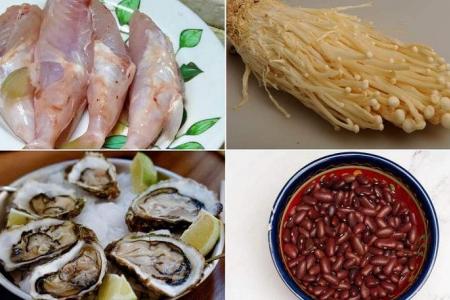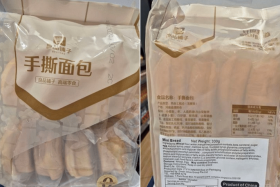Pufferfish death: Oysters and other foods to be cautious of
The Singapore Food Agency (SFA) on Tuesday reminded members of the public in a Facebook post the dangers of eating pufferfish.
The advisory comes two weeks after a Malaysian elderly couple died from eating the fish.
Here are some food items consumers may want to take extra caution of before taking the next bite.
1. Pufferfish
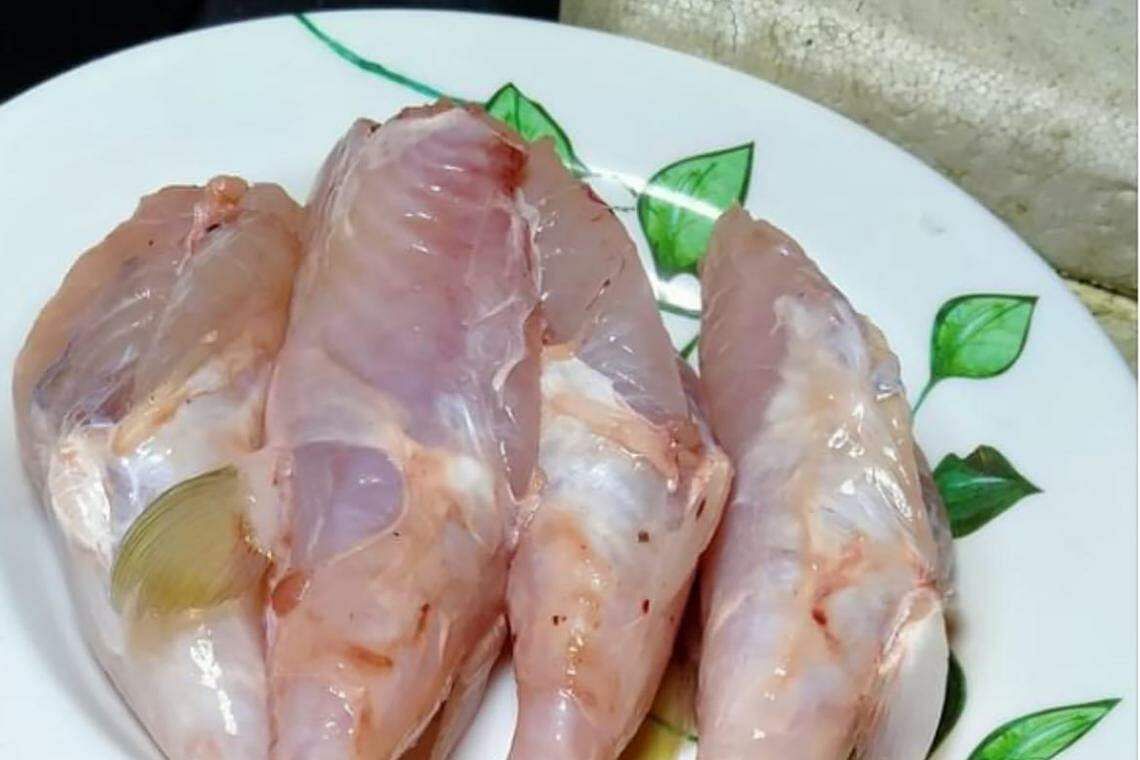
The Japanese delicacy - also known as fugu - contains a toxin called tetrodotoxin, which cannot be destroyed by cooking. When consumed, the toxin can cause death by suffocation within 10 minutes. There is no antidote, according to SFA’s website. One should also never consume the fish’s liver and ovaries as they are where the toxin is concentrated.
The fish is, however, not born poisonous. They accumulate the toxin through their diet and use it as a defence mechanism against being eaten. Farmed pufferfish, which have never consumed prey containing the toxin, such as snails and worms, are not poisonous.
SFA said there are restaurants in Singapore with pufferfish on the menu, but food safety restrictions limit the likelihood of accidental poisoning.
For example, only Japan is approved to export pufferfish to Singapore. The pufferfish must have been prepared in SFA-licensed establishments by expert pufferfish chefs who have been certified and licensed by the Japanese authorities.
2. Enoki mushrooms
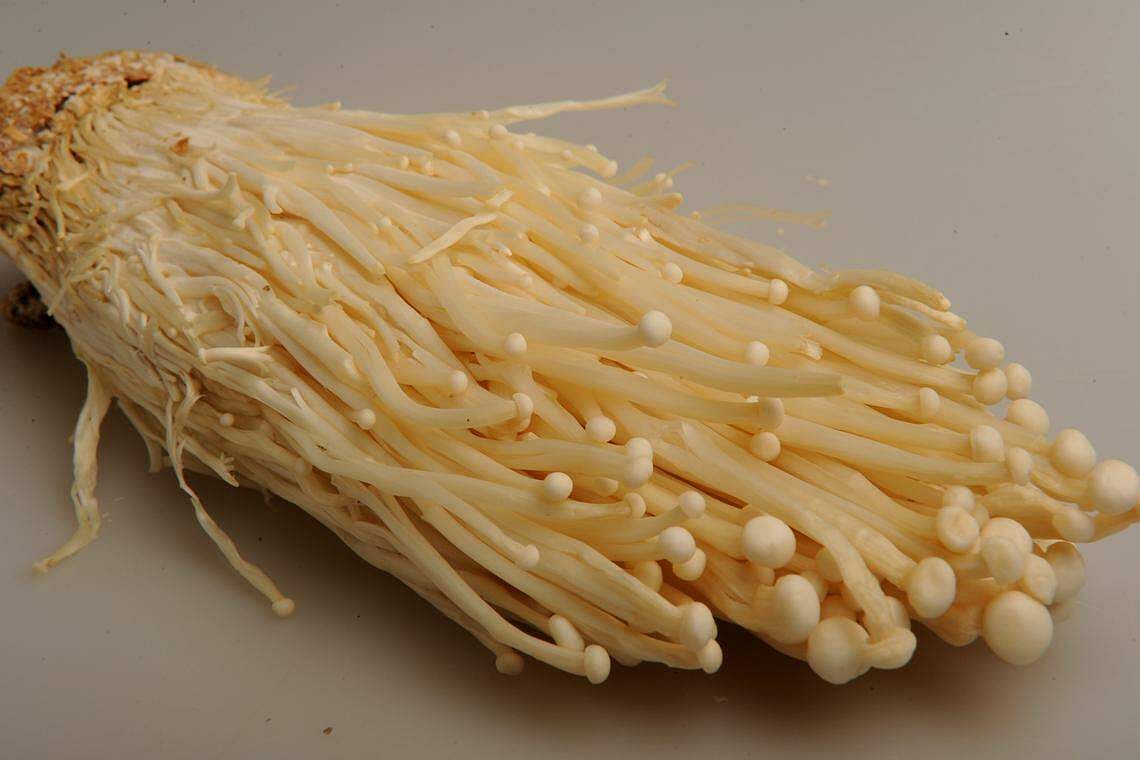
Enoki mushrooms are familiar to those who enjoy a spicy mala meal or hotpot feast, but if not prepared properly, the presence of pathogenic bacteria can be a danger.
According to SFA’s website, enoki mushrooms, when not handled properly, can be especially hazardous for the elderly and people with a weakened immune system as they can cause serious and fatal bacterial infection.
Not only can the hardy bacteria – Listeria monocytogenes – thrive in the refrigerator, they can also survive without oxygen, which is worth noting given that the mushrooms are typically sold in vacuum packs.
Consumers are advised not to eat raw enoki mushrooms and ensure they are cooked thoroughly before consuming them.
3. Cockles, clams, oysters, mussels, scallops and other bivalves
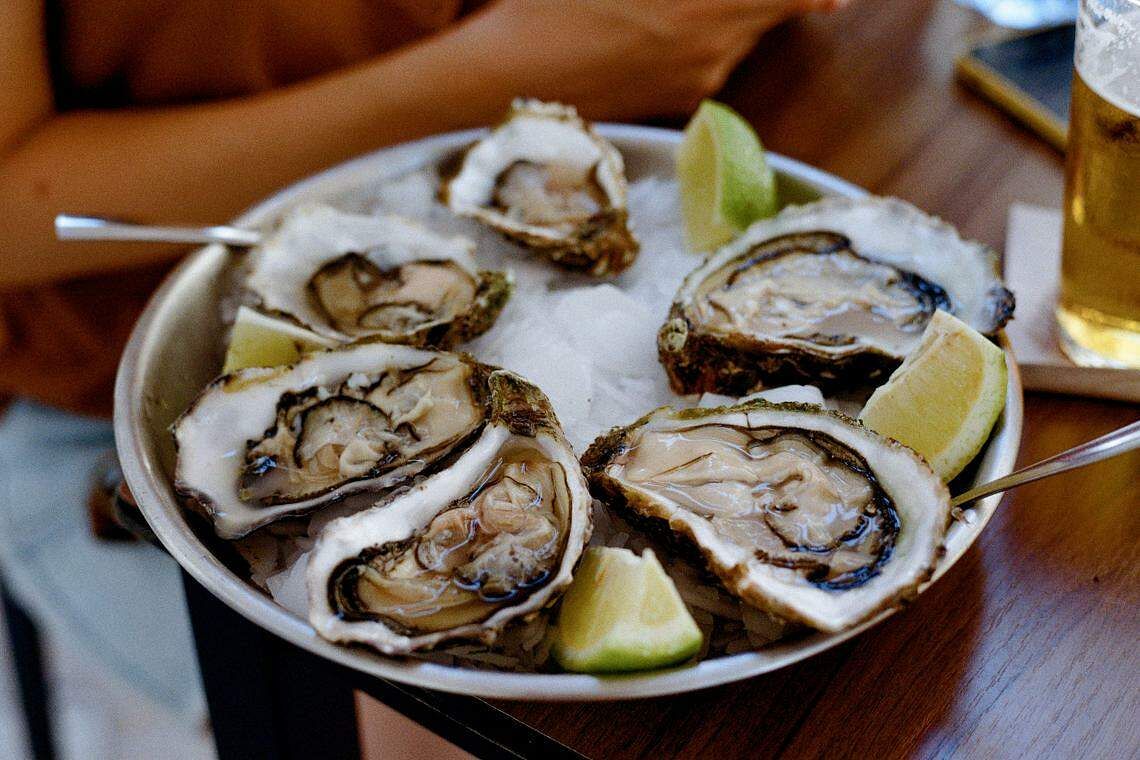
These shellfish called bivalves – which are animals with two hinged half-shells – sometimes contain toxins which cannot be destroyed by cooking.
Known as the “kidneys of the sea”, bivalves are nature’s filtration system which typically feed by filtering sea or fresh water. When they take in contaminated water, they readily store bacteria, viruses and toxins and these increase in concentration over time.
According to SFA’s website, the food safety hazards of bivalves range from mild food poisoning to major illnesses and even death.
While cooking can get rid of some common toxins, some marine toxins and chemical contaminants like arsenic and lead cannot be destroyed by heat. Live oysters, usually eaten raw, have the highest risk, added SFA.
The agency reminds consumers to ensure that these shellfish are cooked thoroughly and eat only those that open during cooking.
4. Buah keluak
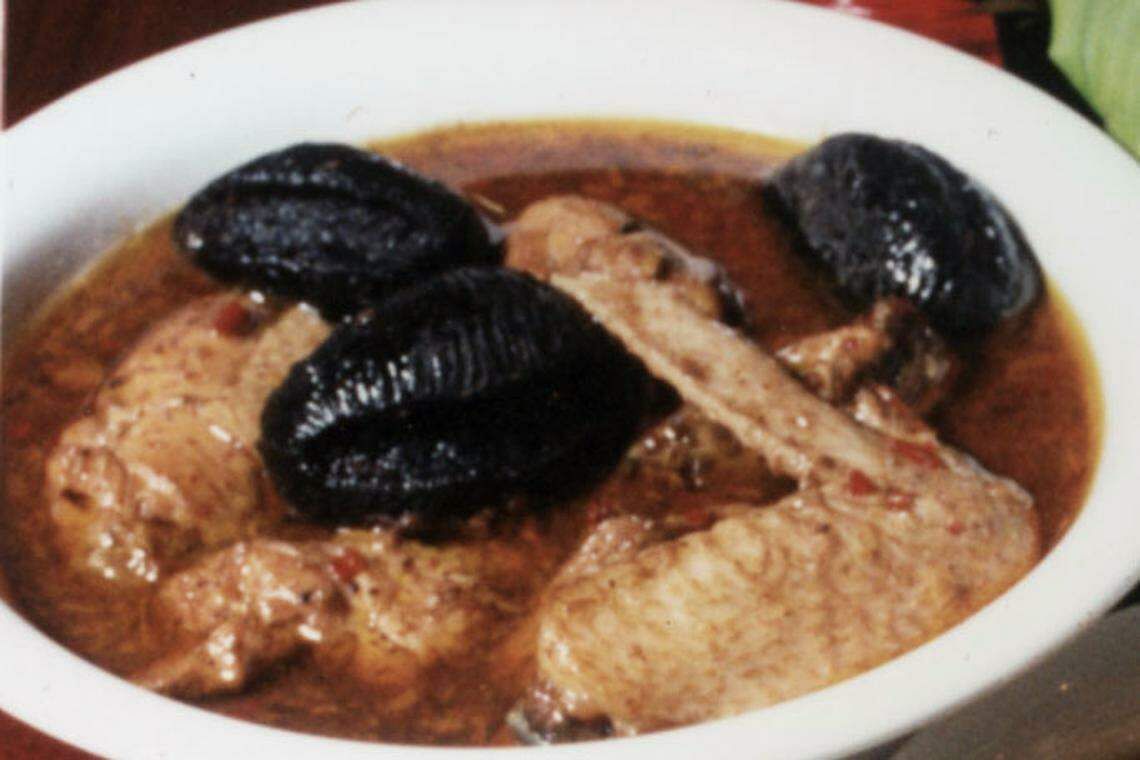
Buah keluak, which is often used in Peranakan dishes, contains hydrocyanic acid that can cause dizziness, headache or vomiting if not handled properly.
However, the hydrocyanic acid dissolves in water and can be removed by soaking or boiling the buah keluak, making it safe for consumption, said Professor William Chen, director of Nanyang Technological University’s food science and technology programme. He added that hydrocyanic acid is related to cyanide, which is toxic.
There are a few other traditional methods to leach buah keluak of its poison.
One of them is fermentation, where the boiled seeds are buried in ash in a pit and fermented for over 40 days, changing their flavour and reducing their toxicity.
5. Raw kidney beans
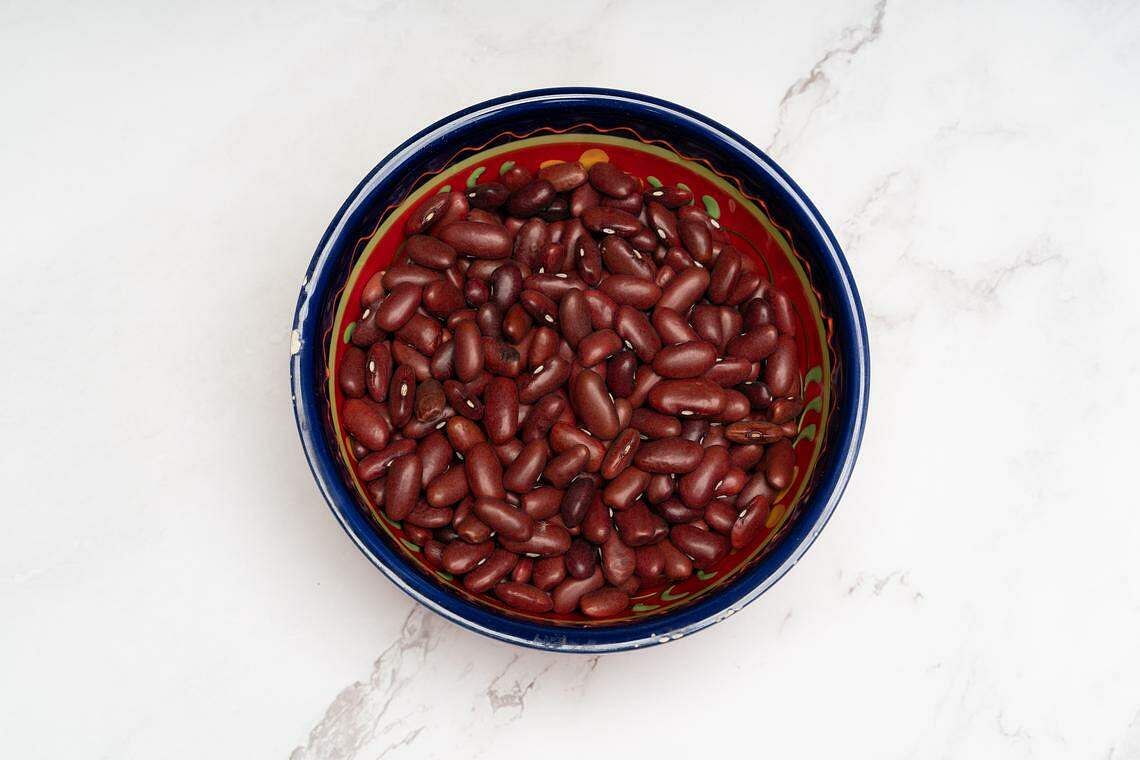
Kidney beans contain a toxin called kidney bean lectin, or phytohaemagglutinin, which can cause nausea, stomach ache or diarrhoea when eaten raw or partially cooked, said Prof Chen.
Due to its high concentration of the toxin, just eating four or five raw, or even slightly undercooked, beans can trigger the symptoms, which occur within a few hours of consumption, he said.
However, cooking kidney beans properly makes it safe to eat, he added. Citing a study, Prof Chen said that if the beans are soaked overnight to soften, and then boiled at a high temperature for at least 10 minutes, the toxin drops to a safe level.
Get The New Paper on your phone with the free TNP app. Download from the Apple App Store or Google Play Store now

